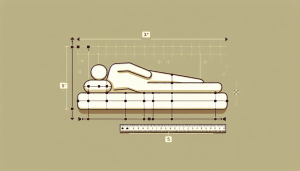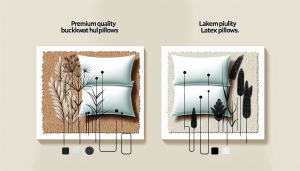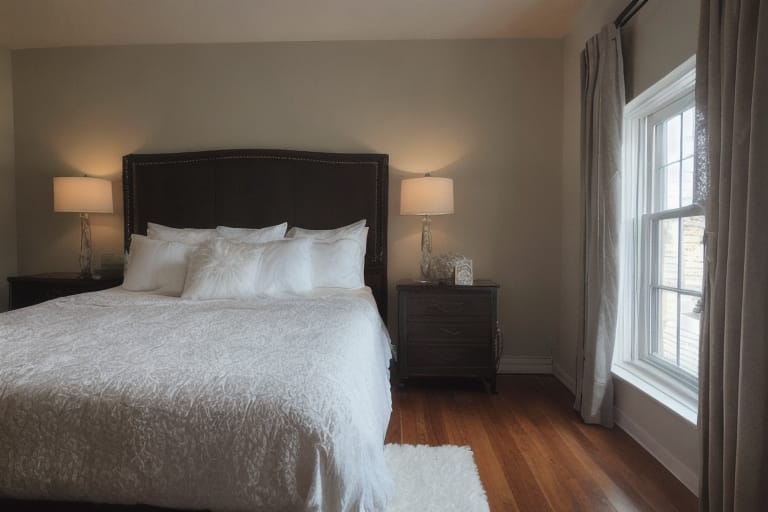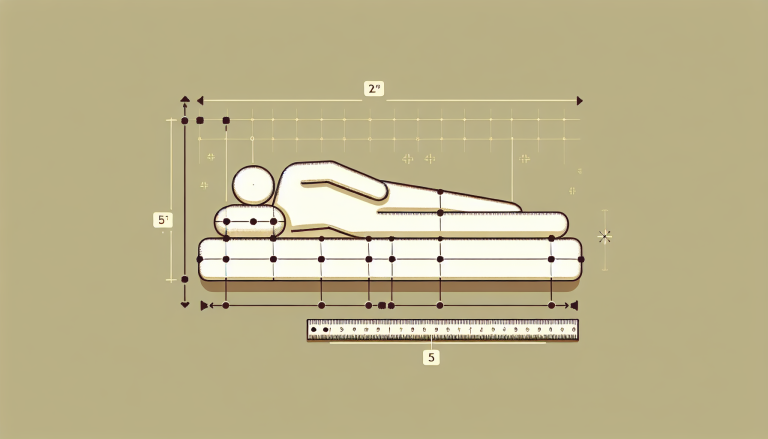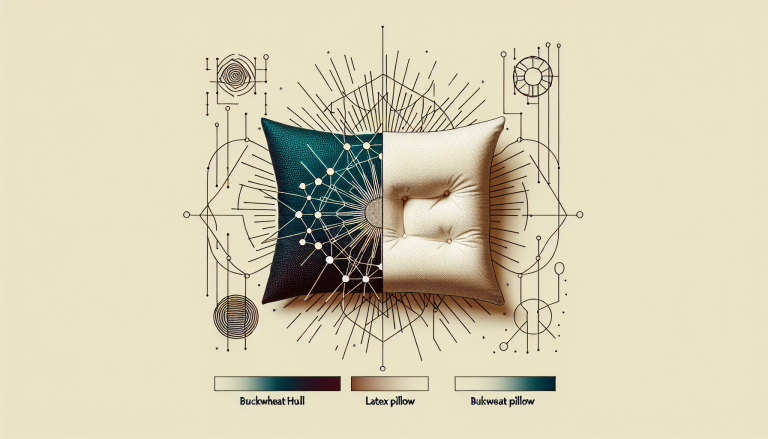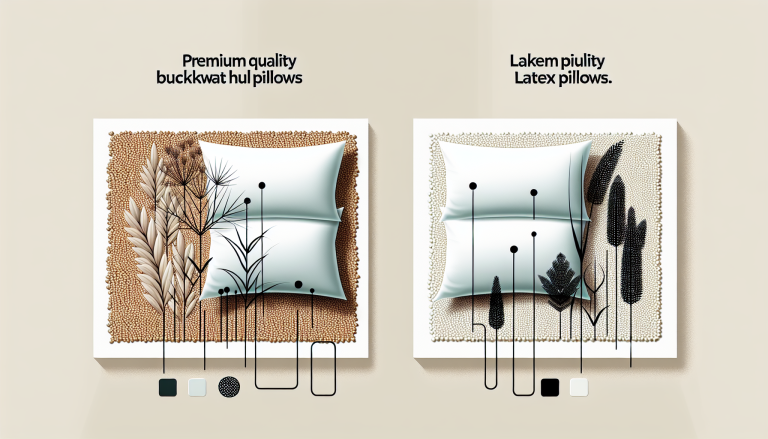Are you in search of the perfect down comforter that will keep you warm and cozy throughout the night? Look no further! In this comprehensive guide, we’ll dive into the world of down comforters, exploring the key factors to consider when making your purchase, top brands to check out, and care tips to ensure your comforter lasts for years to come.
Introduction to Down Comforters
A down comforter, also known as a duvet, is a bed covering filled with the soft, insulating undercoat of ducks or geese. These fluffy fillers provide unparalleled warmth and comfort, making down comforters a popular choice for bedding. Compared to synthetic fills, down offers superior insulation, breathability, and loft.
There are two main types of down used in comforters:
- Goose down: Known for its exceptional warmth and lightweight feel, goose down is often considered the gold standard in comforters.
- Duck down: A more affordable alternative, duck down still provides excellent insulation and comfort.
When shopping for a down comforter, it’s essential to consider the ethical sourcing of the down. Look for certifications like the Responsible Down Standard (RDS) and Downmark, which ensure the humane treatment of the birds and the quality of the down.
Factors to Consider
Fill Power and Warmth Levels
Fill power is a measure of the down’s loft and insulating ability. The higher the fill power, the warmer and more lightweight the comforter will be. Here’s a breakdown of the fill power range:
| Fill Power | Warmth Level | Best For |
|---|---|---|
| 500-599 | Lightweight | Summer or warm climates |
| 600-699 | Medium warmth | Three-season use |
| 700+ | Ultra-warm | Cold climates or winter |
Consider your climate and personal preferences when selecting the appropriate fill power for your needs.
Construction and Stitching
The construction and stitching of a down comforter play a crucial role in its performance and durability. There are two main types of construction:
- Baffle box: This construction features vertical walls of fabric between the top and bottom layers, creating individual compartments that allow the down to loft fully and prevent shifting.
- Sewn-through: A simpler and more affordable option, sewn-through comforters have the top and bottom layers stitched together, creating a thinner, less lofty comforter.
Look for comforters with tight, even stitching to minimize down leakage and cold spots.
Shell Material and Thread Count
The shell material and thread count of a down comforter affect its feel, breathability, and durability.
- Cotton: The most popular choice for its softness and breathability.
- Thread count: Ranges from 200-600+, with higher thread counts offering a smoother, more durable fabric.
Aim for a thread count of at least 300 for a balance of softness and durability.
Top Down Comforter Brands
The Company Store
Known for their high-quality bedding, The Company Store offers a range of down comforters to suit various preferences and budgets.
- Legends Royal: A luxurious 700 fill power comforter with a silky 500 thread count cotton shell. Price: $469-$709.
- LaCrosse: A mid-range option with 600 fill power and a 300 thread count cotton shell. Price: $219-$359.
Brooklinen
Brooklinen’s All-Season Down Comforter is a popular choice for its versatility and value.
- Fill power: 700
- Certifications: RDS certified, Oeko-Tex certified
- Price: $319-$419
Customers praise the comforter’s loft, warmth, and overall quality.
Pacific Coast
Pacific Coast offers a range of affordable down comforters without sacrificing quality.
- Embrace: A 600 fill power comforter with a 300 thread count cotton shell. Price: $179-$279.
- Platinum: A step up with 650 fill power and a 420 thread count cotton shell. Price: $249-$379.
Other premium brands to consider include Buffy, Alwyn Home, and Kassatex, each offering unique features and benefits.
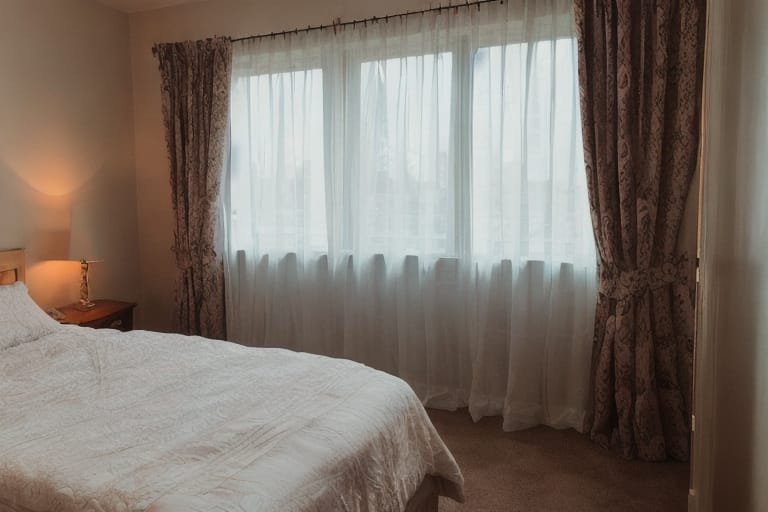
Down Alternatives
For those with allergies or ethical concerns, down alternative comforters provide a suitable option.
- Synthetic fills: Made from polyester or rayon, these hypoallergenic fills are easy to care for and often more affordable than down.
- Recycled and sustainable options: Brands like Buffy offer comforters made from recycled PET bottles or eucalyptus fibers, providing an eco-friendly alternative.
While down alternatives may not match the loft and warmth of natural down, they can still provide a cozy and comfortable sleep experience.
Care and Maintenance
Proper care and maintenance will extend the life of your down comforter and keep it looking and feeling its best.
Washing and Drying
- Machine washing: Use a front-loading washer and mild detergent on a gentle cycle. Avoid fabric softeners and bleach.
- Drying: Dry on low heat with a few clean tennis balls to help fluff the down. Thoroughly dry to prevent mildew.
Storage
- Breathable storage bags: Store your comforter in a breathable cotton or mesh bag when not in use.
- Rotating: Rotate your comforter every few months to prevent uneven wear.
Check your comforter’s warranty and return policy for added peace of mind.
Budgeting for a Down Comforter
Down comforter prices can range from $100 to over $1,000, depending on factors like fill power, construction, and brand. While investing in a high-quality comforter may seem costly upfront, it can provide years of comfort and durability.
| Budget | Price Range | Typical Features |
|---|---|---|
| Budget-friendly | $100-$300 | Lower fill power (500-600), simpler construction |
| Mid-range | $300-$600 | Medium fill power (600-700), better construction and materials |
| Premium | $600+ | High fill power (700+), luxurious materials, specialized features |
Watch for sales and promotions to find the best deals on your desired comforter.
Conclusion
Choosing the best down comforter involves considering your personal preferences, budget, and the key factors that affect warmth, comfort, and durability. By understanding fill power, construction, shell materials, and ethical sourcing, you can make an informed decision when selecting your perfect comforter.
Remember to prioritize your needs, whether it’s lightweight warmth for summer or ultra-coziness for winter, and don’t be afraid to invest in quality for a comforter that will last for years to come. With the right down comforter, you’ll be well on your way to a blissful night’s sleep.
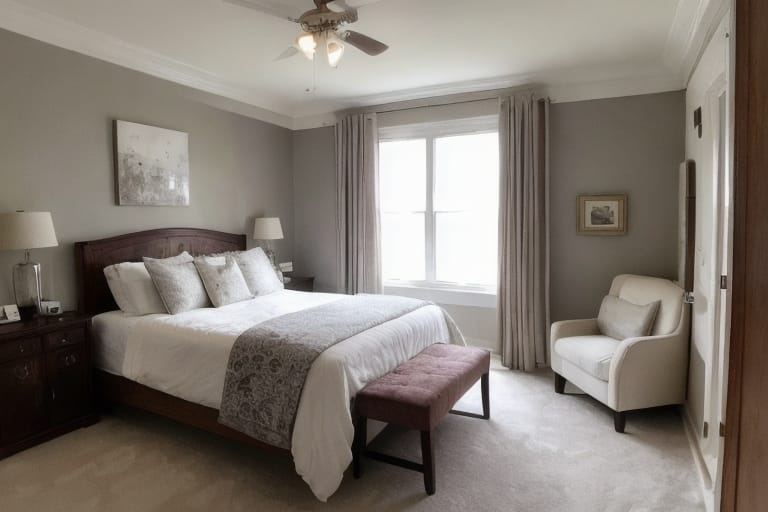
Frequently Asked Questions
- What is the difference between goose down and duck down in comforters?
- Goose down is generally considered superior due to its larger clusters and better insulating properties, resulting in a lighter and fluffier comforter. However, high-quality duck down can still provide excellent warmth and comfort at a more affordable price point.
- How do I choose the right fill power for my down comforter?
- Fill power indicates the loft and insulating ability of the down. For warmer climates or those who sleep hot, a lightweight comforter with a fill power of 500-599 may suffice. For colder temperatures or those who prefer extra warmth, opt for a fill power of 700 or higher.
- What is the best way to wash and care for a down comforter?
- Down comforters should be washed in a front-loading machine on a gentle cycle with mild detergent. Avoid fabric softeners and bleach. Dry on low heat with clean tennis balls to fluff the down, and ensure the comforter is thoroughly dry before storage to prevent mildew.
- Are there any ethical considerations when purchasing a down comforter?
- Yes, it’s essential to look for down comforters that adhere to ethical sourcing standards, such as the Responsible Down Standard (RDS) or Downmark. These certifications ensure the humane treatment of the birds and the quality of the down.
- What are some affordable alternatives to down comforters?
- Down alternative comforters, made from synthetic fills like polyester or rayon, offer a hypoallergenic and lower-cost option. Some brands also use sustainable materials like recycled PET bottles or eucalyptus fibers for an eco-friendly choice.

